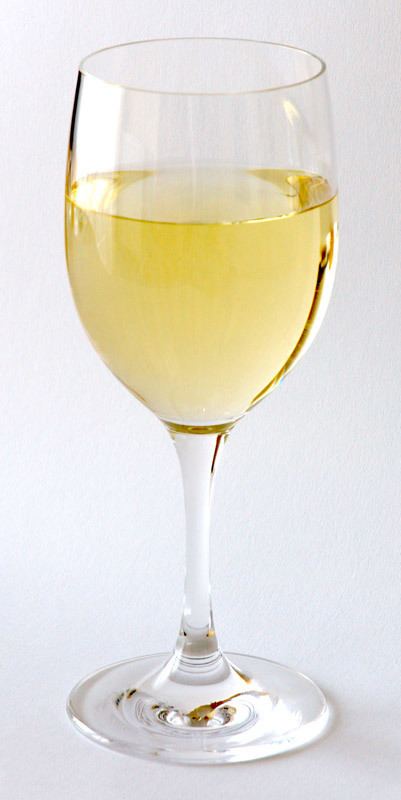 | ||
The following outline is provided as an overview of and topical guide to wine:
Contents
- What type of thing is wine
- What is wine made of
- Wine styles
- Grape varieties
- White
- Red
- Wine by country and region
- Classification Systems
- Wine professions and qualifications
- Wine packaging
- Trends and impacts
- Wine production
- Wine selecting
- Wine in culture
- Wine and health
- History of wine
- By period
- By region
- Organizations and institutions
- Publications
- Other
- Persons influential in the field of wine
- Wine related films and television
- References
Wine – alcoholic beverage typically made of fermented grape juice. The natural chemical balance of grapes is such that they can ferment without the addition of sugars, acids, enzymes or other nutrients. Wine is produced by fermenting crushed grapes using various types of yeast. Yeast consumes the sugars found in the grapes and converts them into alcohol. Different varieties of grapes and strains of yeasts are used depending on the type of wine being produced.
What type of thing is wine?
What is wine made of?
Wine includes the following ingredients:
Wine styles
Grape varieties
Below are some examples of grape varieties from which wine is made, arranged by variety:
White
Red
White
Red
Wine by country and region
Classification Systems
Wine professions and qualifications
Wine packaging
Trends and impacts
Wine production
Wine selecting
Wine in culture
Wine and health
History of wine
History of wine
By period
By region
Organizations and institutions
Publications
Other
Persons influential in the field of wine
Wine-related films and television
References
Outline of wine Wikipedia(Text) CC BY-SA
